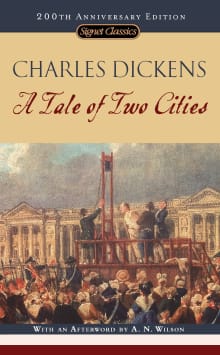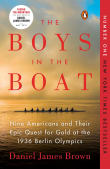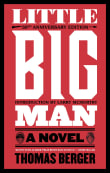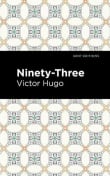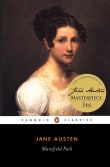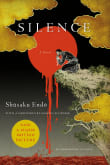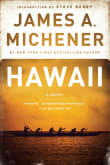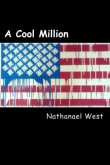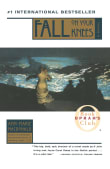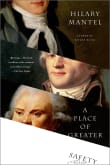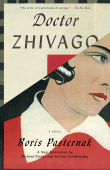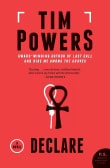The December Issue


New book alert!
What is my book about?
"a fresh narrative whose scale, ambition, and pathos elevate" -Pacific Book Review
"The December Issue warms up the soul from its first chapter to the last." -Chanticleer Book Reviews, 5 Stars
The joys of retirement feel imminent to columnist Paul Scrivensby, a native of the Great Lakes' very own St. Catherine's Cove, but when his penultimate column stirs controversy, the writer soon finds easing into carefree days of leisure a luxury growing more elusive. Embroiled in the unexpected pursuits presented before him while on the verge of retirement, Paul discovers what he and others are capable of and searches for…
The joys of retirement feel imminent to columnist Paul Scrivensby, a native of the Great Lakes' very own St. Catherine's Cove, but when his penultimate column stirs controversy, the writer soon finds easing into carefree days of leisure a luxury growing more elusive. Embroiled in the unexpected pursuits presented before him while on the verge of retirement, Paul discovers what he and others are capable of and searches for understanding of what is truly expected of him at this pivotal point in his life.
A story of discernment amid the challenges and blessings of work, retirement, family, community, and past…
- Coming soon!
